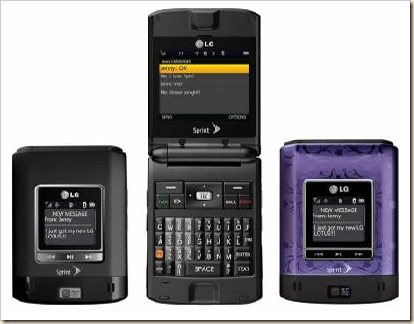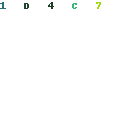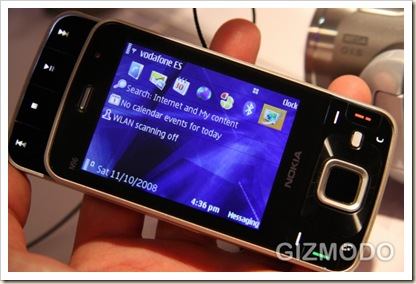Let's face it; very few manufacturers will put good intentions ahead of a solid bottom line. The appearance of eco-friendly labels in recent decades has raised the awareness among consumers of the methods that many clothing manufacturers use. There is money to be made in organic clothing lines. Manufacturers would not go to the effort of having a third-party verify the organic nature of their clothing if there were no monetary benefit for their company. Will consumers pay a premium for eco-labeled apparel? Yes they will.
An eco-label is displayed on products that have met the quality assurance environmental standards of a third party. This label shows consumers that the product that they are buying was made with as small of an environmental footprint as possible. It also shows that there are no chemicals or other toxic residues on the fabric. Because of these guarantees, an eco-label is worth a higher price for many concerned buyers.
Consumers today are motivated to live healthy lives. If a product offers better health, then a consumer is more willing to pay a higher price. After all, good health is priceless. With cancer causes being linked to environmental toxins and chemicals, buyers are looking for products that are free of these destructive materials. Clothing is a major concern because it touches a person's skin, and any chemicals on clothing can be absorbed through the pores of the body. Consumers are willing to pay a premium for clothing that has not been treated with chemicals or grown with pesticides. The health of the consumer is linked with the health of the environment. Because polluted waterways and carbon emissions directly affect the health of the human race, these issues are a grave concern for those who want to live a healthy lifestyle.
Taking care of the environment is a big issue for modern day consumers. They want to know that the products they buy were made with the least possible amount of carbon emissions and pollution. Textile factories are culprits when it comes to polluted waterways. The process of creating fabric for clothing is fraught with carbon emissions, harsh chemicals, and pollution. This is concerning for those who are worried about the long-term effects that current manufacturing methods may have on the environment.
Even more disturbing to tender-hearted consumers are the appalling stories of working conditions in sweat shops around the world. Children being beaten and forced to work hours at a time for mere pennies a day is cause enough for many consumers to pay more for their clothing. Pictures of exhausted workers who are forced to work overtime without extra compensation makes consumers indignant. If this is the price of cheap clothing, consumers would rather pay more for their clothes.
The same is true of animals. Consumers would rather know that the animals who furnished their wool and silk clothing were treated humanely. The practice of raising silkworms and killing them before they break out of their cocoons is objectionable to many consumers. These consumers will pay more to see an eco-label certifying that no animals were harmed in the production of their clothing.
Peace of mind is worth every penny. Knowing that clothing is free of chemicals and was produced in an environmentally responsible way is worth the premium. Consumers have learned to look for popular eco-labels such as AIAB Bio Fibre, Certified Humane Raised and Handled, and GreenSafe Mark. You can find out more information about eco-labels at greensafemark.com.
Read more...














